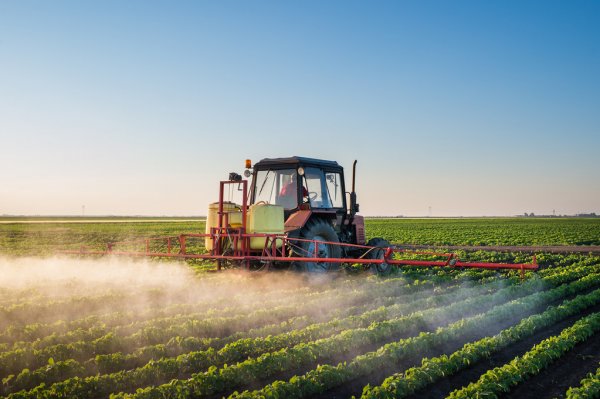
Seeds of Abundance: A Guide to Operating and Maintaining Planters
The sun paints the horizon with gold, a new day dawns on the farm, and with it, the delicate dance of planting begins. This is the realm of the planter, a machine that transforms seeds into dreams, weaving rows of hope into the fertile tapestry of the field. But mastering this vital tool requires more than just dropping seeds in the ground. It demands precision, knowledge, and a deep understanding of the silent dialogue between soil and seed. So, let’s delve into the world of planters, exploring their operation, maintenance, and the crucial role they play in nurturing the future harvest.
Taking Root: Mastering Planter Operation
Before you entrust this mechanical gardener with your precious seeds, a thorough understanding of its functions and capabilities is crucial. Familiarize yourself with:
- Types of planters: Plate planters, drill planters, air planters – each suited for different seeds and planting methods.
- Calibration and adjustments: Ensure proper seed spacing, depth, and coverage by calibrating your planter based on seed size, soil type, and desired planting density.
- Monitoring and troubleshooting: Watch for seed skips, double-seeding, and uneven coverage, adjusting settings and checking for blockages as needed.
- Safety protocols: Always wear appropriate gear, follow load limits, and be mindful of moving parts and blind spots.
Practice Makes Perfect:
Don’t sow your hopes straight into the field. Find a small test area to practice calibration, adjustments, and maneuvering before entrusting your precious seeds to the planter. Remember, confidence and precision come with experience, and a controlled environment is the best teacher for both planter and planter operator.
Nurturing the Machine: A Stitch in Time Saves Nine
Your planter is a complex machine, and regular maintenance is its lifeblood. Here are some key practices:
- Pre-planting inspections: Before each season, thoroughly inspect the planter for wear and tear, check fluid levels, and lubricate moving parts.
- Cleaning and adjustments: Regularly clean the planting mechanisms, seed tubes, and openers to prevent blockages and ensure accurate seed placement. Adjust settings as needed for different seed types and soil conditions.
- Seasonal maintenance: Schedule regular tune-ups and service with qualified technicians to ensure optimal performance and prevent major breakdowns.
- Recordkeeping: Maintain a logbook to track maintenance schedules, repairs, and performance notes. This helps identify potential issues and schedule preventive measures.
Beyond the Seeds: Optimizing Performance and Sustainability
Remember, your planter is a tool for a greater good. Optimize its use for both efficiency and sustainability:
- Minimize soil disturbance: Choose planters with minimal tillage options to preserve soil structure and organic matter.
- Reduce fertilizer and herbicide use: Precise seed placement and proper spacing can reduce the need for additional inputs.
- Precision agriculture: Utilize GPS technology and data-driven techniques to optimize planting patterns, reduce overlaps, and maximize yields based on soil variability.
- Choose appropriate seed varieties: Select crop varieties suited to your local climate and soil conditions, reducing the need for intensive management practices.
By mastering its operation and maintenance, you can transform your planter from a mere machine into a powerful partner in your agricultural journey. Remember, safety is paramount, sustainability is key, and with dedication and care, your planter can become a force for good, sowing not just seeds, but a thriving and sustainable future for your land.